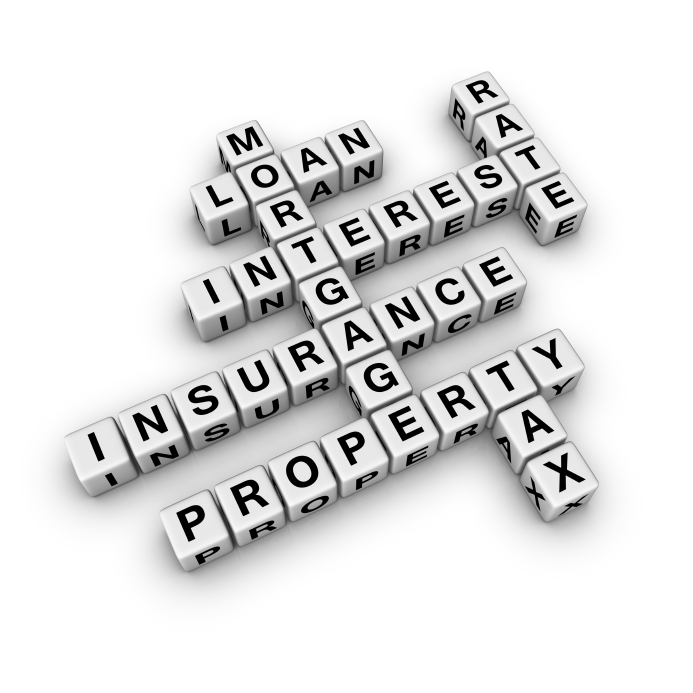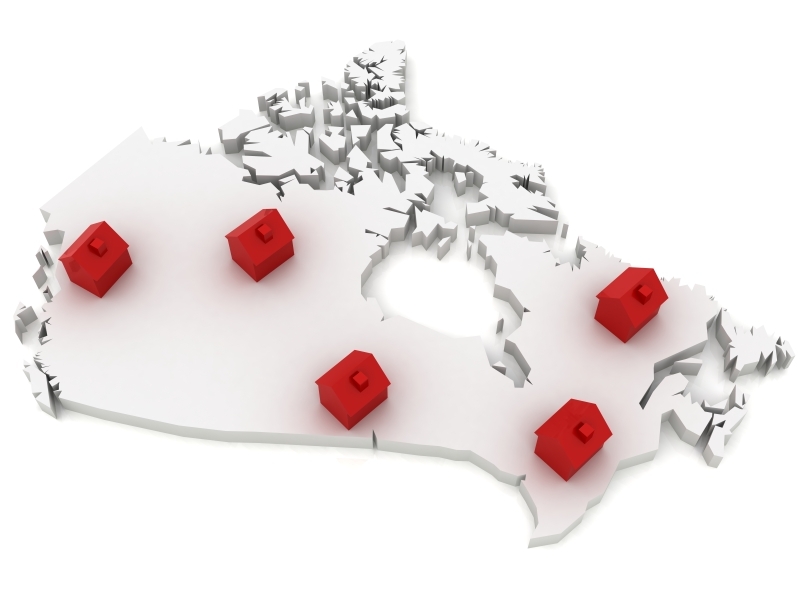Own your own company? Find out how you could have a house too!
Data shows that almost 20% of all income earners in Canada are now self-employed. Today, lenders desire evidence of a steady income. Here are a couple of ways to ease the process and raise your possibilities of obtaining a low mortgage rate.
Document Every Penny
You’ll be required to record your income when preparing for a self-employed mortgage pre-approval. Stated Income/Stated Possession (SISA) mortgages are made without any sort of documents or bank records to verify income levels.
Keep Your Credit in Check
When it involves securing the very best mortgage rate, a good credit history and solid credit history rating will always work in your favour.
Bump Up Your Bank Account
A large down payment and hefty savings account can help encourage a lender that you’re much less of a liability when it comes to credit.
Consider a Joint Mortgage
The best way to enhance your opportunities of scoring the best mortgage rate is to take out a joint mortgage with a person who has a full-time job.
Talk to a Broker
Having a certified Canadian mortgage rate broker on your side could make a substantial difference for self-employed individuals.
Merely due to the fact that you’re self-employed does not mean you have to surrender your dream of being a homeowner. Contact FamilyLending.ca today to learn just how you could start climbing up the real estate ladder.


